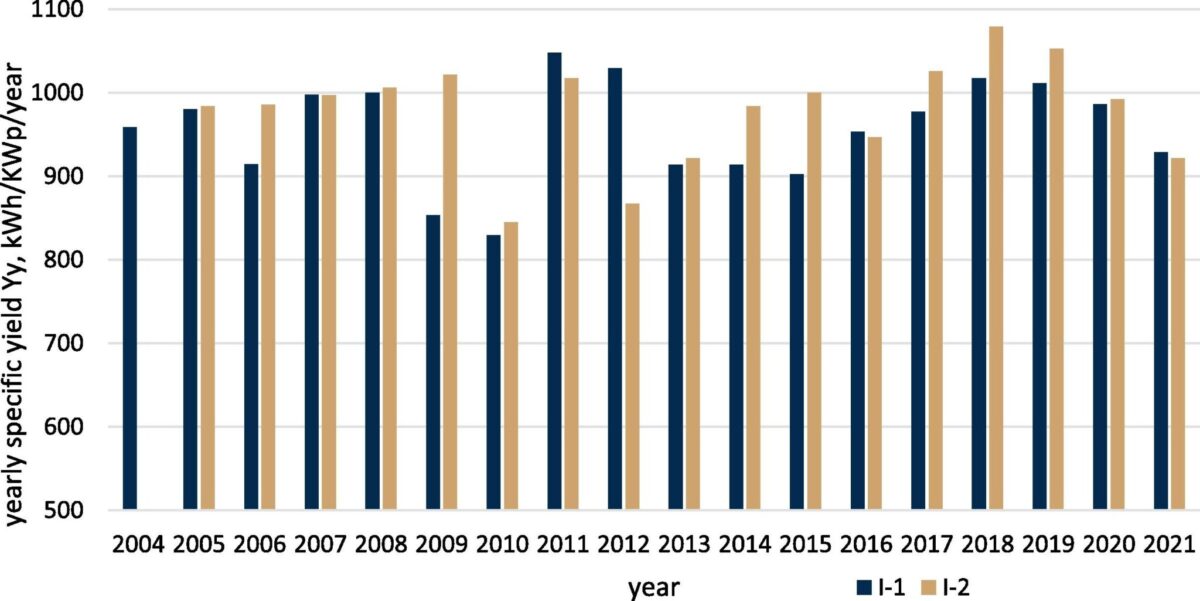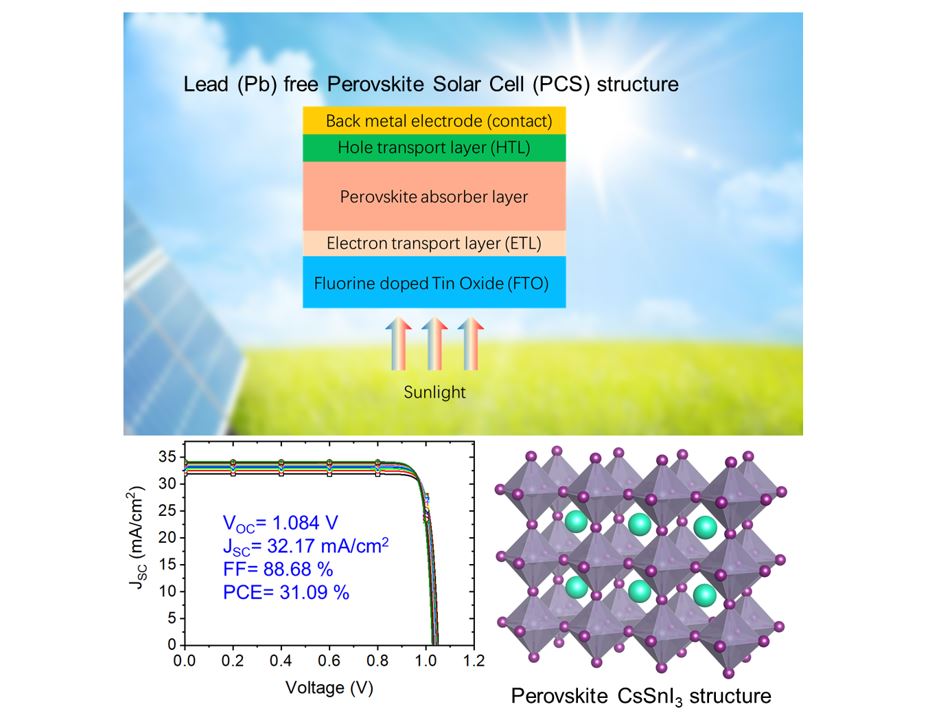https://solarquarter.com/2023/05/18/explained-south-africas-solar-market-outlook/
South Africa’s Solar Market Outlook: A Bright Future for Renewable Energy and Economic Recovery
South Africa has abundant solar resources, making it a prime location for the development of solar energy projects. The country has set a target of generating 18 GW of renewable energy by 2030, with solar energy expected to make up a significant portion of this target. The government’s Renewable Energy Independent Power Producer Procurement (REIPPP) program has been successful in attracting investment and supporting the development of solar energy projects in the country.
The REIPPP launched Bid Window six in April 2022. This goal is to bring an additional 2,600 MW into our energy mix. Meanwhile, the National Energy Regulator of South Africa, NERSA, has approved over 15 IPPs in May 2022 and June 2022.
Draft Amendments To The Electricity Regulation, Act 4 of 2006 (ERA) –On September 2, 2022, the Minister of Mineral Resources and Energy released draft amendments to Schedule 2 of the Electricity Regulation (Act 4 of 2006, ERA). The principal change proposed is to remove the 100 MW licensing threshold. This exemption exempts generation facilities, including those with energy storage, of unrestricted power with a point for connection on the distribution or transmission power system, and thus, the need to obtain licenses. Shortly after the licensing threshold was raised from 1 MW to 100MW on August 12, 2021, the proposed amendment to remove it was considered. This is the South African government’s attempt at encouraging further growth and investment within the energy sector, as well as promoting the further generation and reliable electricity supplies. This will help South Africa to address its energy crisis and provide much-needed relief for the economy after years of load-shedding.
Addressing South Africa’s Frequent Blackout – Govt Action Plan
Over the last three weeks of June-July 2022, South Africa was left without power for as long as eight hours per day, which has had a devastating effect on the already fragile economy. The crisis reached new heights with Stage 6 rolling blackouts, which were implemented after 18,000MW of generation capacity had been lost.
- Policy Initiative And ESKOM Reform
South Africa’s Government attempted to solve the electricity crisis by reviving the country’s renewable energy independent power producer procurement program (REIPPP), increasing the licensing threshold for embedded generation projects from 1MW up to 100MW, as well as allowing municipalities to purchase power on their own. However, the REIPPP program has experienced significant delays due to uncertainty over, amongst other things.
- Government’s Measure To Achieve Country’s Long-Term Energy Security
Constructing Eskom’s first solar and battery storage projects at Komati, Majuba, and Lethabo power stations, which will result in a further 500MW being added to the system.
Current Status and Some Real PV-Battery Projects In South Africa:The Canadian farm, located in Lephalale, Limpopo, South Africa has a System size (kW + kWh) of about 200–1200 kWh and is equipped with a BESS, a 7.4 KWh solar li-ion battery.
Botha huis, located in Mossel Bay, South Africa has a capacity of 13.2 kWp (kW + kWh) and is equipped with a battery energy storage system.
Matjhabeng Solar PV with Battery Energy Storage Systems Project : SunElex Energy Ltd. proposed the Matjhabeng 400MW Solar Photovoltaic Plant with an 80 MW (320MWh) battery storage system. It is located north and south of Odendaalsrus, Free State Province. The two (2) phases of the project are Phase 1: A 200MWsolar photovoltaic system with a 40 MW(160 MWh) battery energy storage system, which is located on a site south of Odendaalsrus; Phase 2: 200 MW of solar photovoltaic capacity with a 40 MW (160 MWh) battery energy storage system on the site north of Odendaalsrus, referred to as the “Phase 2 Site” in the following.
- Purchase surplus capacity from independent power producers.
- Purchasing additional energy from private generators mines, paper mills, and shopping centers, or any other private entity with excess power.
- Through the Southern African Power Pool arrangement, import power from South Africa’s neighboring countries (Botswana & Zambia).
- Climate funding through the Just Energy Transition Partnership can be used to invest and repurpose old power stations. The South African Police Service established a task force to assist Eskom in fighting corruption and crime.
In addition, the declining cost of solar technology and increasing efficiency of solar panels are expected to make solar energy more competitive with traditional fossil fuels. This, coupled with the increasing focus on reducing carbon emissions, is expected to further boost the demand for solar energy in the country.







